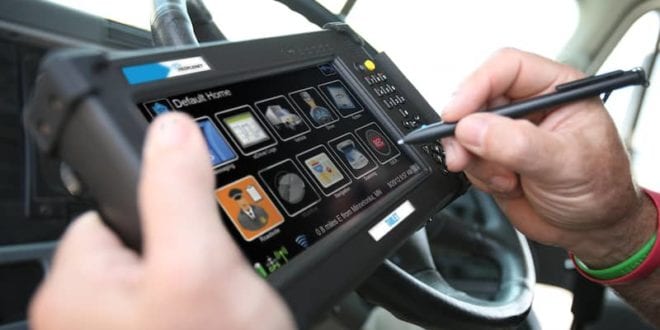Due to the implementation of the e-log Mandate, every commercial fleet owner is in the position where they have to fulfill the ELD Mandate and therefore need to spend money on an appropriate e-log device.
ELDdevices.net has now become a must-have for every owner-operator or anyone who has a fleet of large commercial vehicles.
However, if you are not sure what to look for, this post helps you to learn the basics of what they are and how they are working. And this information would help you find out the best of the many options currently on the market.
What is electronic logging devices?
An ELD is a small piece of technology used to track driving time in a vehicle. The unit syncs with the engine of a car once it is mounted and automatically monitor whenever the vehicle engine is running.
This tracking solution is intended to facilitate the accurate logging of vehicle service hours by carriers and truck drivers. And its implementation eliminates the time-consuming method of maintaining a paper record while ensuring the driver stays in line with federal hour-of-service regulations.
Why Do AOBRDs get Phased Out?
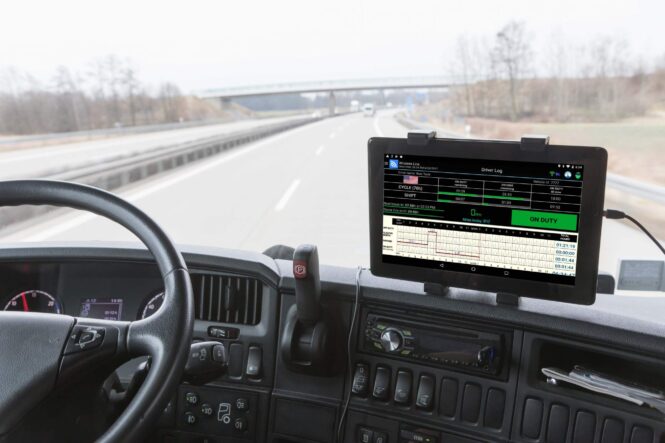
Before the implementation of the e-logs regulation, several commercial transport companies use automated onboard recording devices (AOBRDs) to track their hours.
However, fleets must phase out their use of AOBRDs under the new Mandate and substitute them with electronic logs, and have also been given enough time to do so than carriers that don’t use any form of recording devices.
While commercial fleet companies using paper logs have to switch to ELD devices by 18 Dec. 2017, AOBRD users were only given until 16 Dec. 2019.
AOBRDs get phased out because the logs are much more advanced in technology and also have more reporting capabilities.
An AOBRD can monitor the engine use, rpm, miles are driven, and date & time of a vehicle. However, in addition to tracking the engine power progress, vehicle motion status, and location of the vehicle, an FMCSA-certified ELD performs those functions.
This tracking system can detect engine malfunctions and diagnostics, and it can also send duty status records to the FMCSA seamlessly.
How Does an ELD Work?
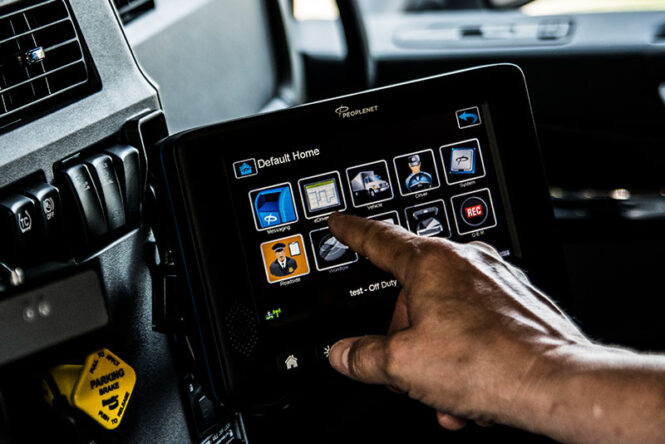
Whenever an electronic log is connected into the OBD-II port of a vehicle, it can transmit data to a driver’s phone or tablet with the help of the mobile app.
And when paired with a smartphone or tablet, the tracking systems will be able to provide reports on idling, vehicle movement, engine status, hours, and driven miles. An e-log device could also include GPS so that it can ascertain the location of the vehicle.
Hours-of-service logs, as well as other information, can appear immediately on a smartphone screen or any other wireless device while using the combination of a tracking system and associated mobile application software.
At the appropriates time, the details may be displayed, printed, or forwarded to an inspection official.
How Can ELDs Boost Trucking Business?
In case you want to equip your vehicles with electronic logs, knowing that the systems can be anything more than just an added business expense could make a difference.
Over the years, almost all of the big commercial transportation fleets have logged their hours of service electronically.
Here are the benefits that the e-log solution has brought to many fleet companies. Hopefully, your business could enjoy these advantages as well.
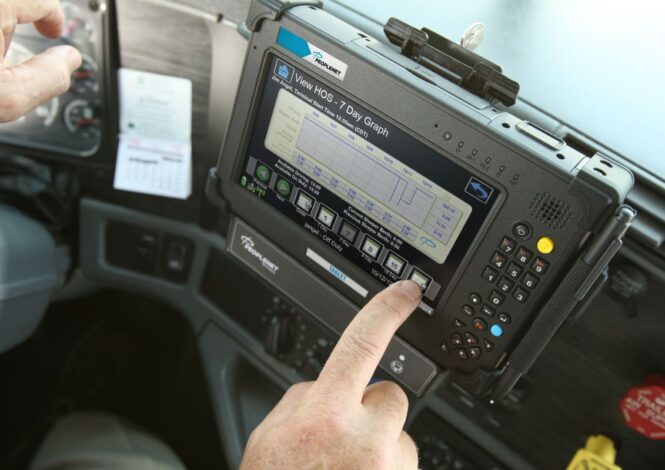
-
It Makes Compliance with Government Regulations Easier
Truckers spend a minimum of 20 hours per year filling out reports and recording their service times, according to the FMCSA. But, electronic logs automation removes that kind of paperwork, allowing drivers more driving time.
E-log can add many hours of driving time a week, as drivers could round off for breaks to the nearest minute. And during a roadside inspection, ELD devices can allow reading of the hours-of-service data by the inspecting officer.
Hence all the sorting through a handwritten logbook from a driver can be avoided. Thus inspections go smoother and much faster to get the vehicle back on the track.
-
It Makes It Easier to Track Your Fleet
The consistency of electronic logging will boost and make your trucking business more productive. Through GPS tracking, the tracking solution will help you identify the locations of your vehicles, giving you real-time visibility of your fleet.
And this, in turn, significantly reduces the amount of time pissed away on texting and calling drivers to learn about their locations.
Most electronic logging devices can work with dispatch software, enabling the fleet manager to plan more effective and shorter routes. The outcomes can include increased fleet performance and lower operating costs.
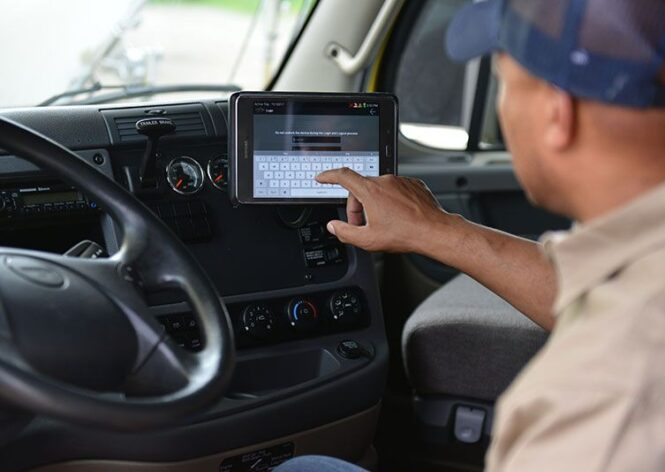
-
It Helps to Eliminate Mistakes
Drivers can occasionally make errors when using paper to track their hours of service. Putting in the wrong location and time is simple. Poor logbook reporting could catch up with a carrier, which leads to increased CSA scores as well as fines.
The electronic logging devices automatically report driver-vehicle inspection, service hours, and IFTA fuel tax reporting.
Because the system is attached to the engine of a truck, it can also send alerts against any performance or maintenance problems. Precise reporting helps to prevent errors and keeps fleet vehicles on the road.
Fleet vehicles can spend a lot of time moving freight, due to less paperwork. And with the engine diagnostics and GPS tracking provided by e-log devices, your vehicles would spend a little less time at dock loading.
Such efficiencies would foster more income for your business in the long run.
-
It Helps to Save More on Fuel
As the e-log keeps track of the operation of a truck engine, it will also inform you how long the trucks are idling. You will motivate drivers to develop better driver practices once you detect drivers who are wasting too much time idling.
As a result, it helps in reducing fuel usage — the Department of Energy reports that 1,500 gallons of fuel are consumed every year by idling trucks – And this is one of the reasons why you should start using electronic logging devices.
In conclusion, an out-of-service suspension can be devastating for a small business, even for a few hours.
Apart from the other possible benefits they offer, this ELD devices will give you the peace of mind knowing that your business complies with the new federal law. And you’re not going to be worried about the fines and sanctions that non-compliant carriers are now facing.
 Imagup General Magazine 2024
Imagup General Magazine 2024
